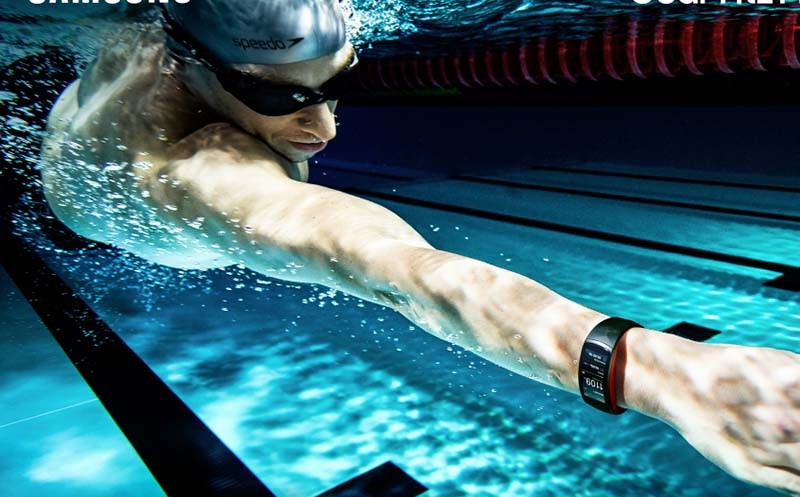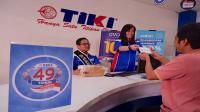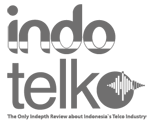Shipments of connected wearables will reach 262 million in 2021
08:24:42 | 12 Sep 2017

GOTHENBURG (IndoTelko) – Berg Insight released new findings about the connected wearables market.
Shipments of connected wearables reached 96.5 million in 2016, up from 75.1 million devices in the previous year.
Growing at a compound annual growth rate (CAGR) of 22.2 percent, total shipments of smartwatches, smart glasses, fitness & activity trackers, people monitoring & safety devices, smart clothing and medical devices as well as other wearable devices are forecasted to reach 262.5 million units in 2021.
Bluetooth will remain the primary connectivity option in the coming years. A total of 26.8 million of the wearables sold in 2021 are forecasted to incorporate embedded cellular connectivity, mainly in the smartwatch and people monitoring & safety categories.
Apple entered the connected wearables market in Q2-2015 and quickly became the leading smartwatch vendor. The competition have been responding with increasingly capable and attractive devices from Android Wear vendors including Motorola, LG, and Huawei as well as from vendors betting on other platforms such as Samsung.
Smartwatch sales are expected to pick up considerably during 2017 and Berg Insight estimates that shipments will reach in the region of 35.0 million units, a 66 percent increase year-on-year.
“Technology advancements, increased consumer awareness and wide availability of devices in different price segments will help the smartwatch category to reach mass market appeal and surpass activity trackers as the largest device category within wearable technology by 2019”, said Adam Palmborg, IoT Analyst, Berg Insight.
Today, fitness and activity trackers is still the largest device category and shipments are expected to reach 74 million units in 2017. Market pioneers such as Fitbit and Garmin have in the past years been accompanied by an abundance of companies including major players from the smartphone industry.
“Xiaomi has been particularly successful within the fitness and activity tracker segment, the company is continuously expanding its reach and sales have been largely driven by increased interest from the Asian market”, comments Mr. Palmborg.
This product category is now facing fierce competition from smartwatches that in most cases include activity tracking features. Decreasing prices and new form factors will still enable dedicated fitness & activity trackers to reach shipments of 81.0 million units in 2021.
Smart clothing is expected to gain significant traction within the next five years. Low consumer awareness, overlapping use cases and a focus on elite and professional applications have so far limited the adoption among the general public.
Berg Insight forecasts that shipments of smart clothing will reach 18.3 million units in 2021, up from 1.56 million units in 2016. The segment exhibits the second highest CAGR in the wearables industry.
Connected wearables such as cardiac rhythm management devices, ECG monitors, mobile Personal Emergency Response Systems (mPERS) and wearable computers are already common in the medical, people monitoring and enterprise segments.
Furthermore, miniaturised electronics, low power wireless connectivity and cloud services have enabled the development of a wide range of novel connected wearables such as authentication and gestures wristbands, notification rings, smart motorcycle helmets and smart gloves.
Shipments of smart glasses have so far been modest, but promising use cases in professional markets as well as in niche consumer segments will enable smart glasses to become a sizeable connected wearable device category in the next five years.(es)
Baca juga :
•
•
•
Artikel Terkait
-
 English Ver. - 04:00:00 | 19 May 2024The real estate sector is observably shifting toward sustainability
English Ver. - 04:00:00 | 19 May 2024The real estate sector is observably shifting toward sustainability -
 English Ver. - 05:21:00 | 03 May 2024Primary drivers for IT infrastructure investments in the next year include ransomware prevention
English Ver. - 05:21:00 | 03 May 2024Primary drivers for IT infrastructure investments in the next year include ransomware prevention
Rekomendasi
Berita Pilihan
More Stories
PR Newswire




























































